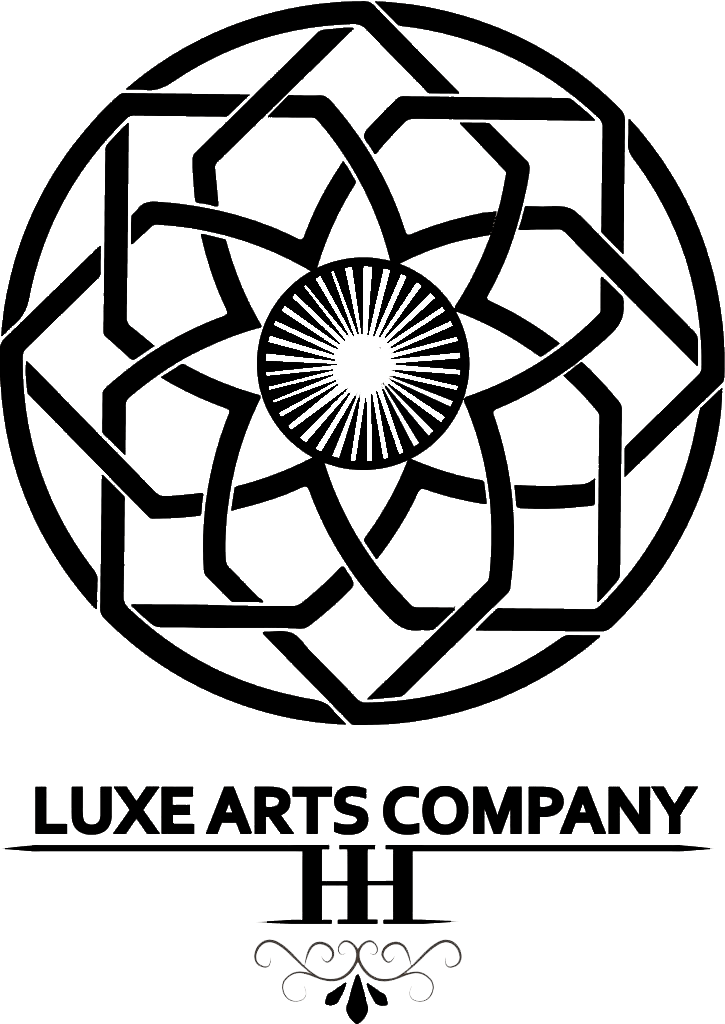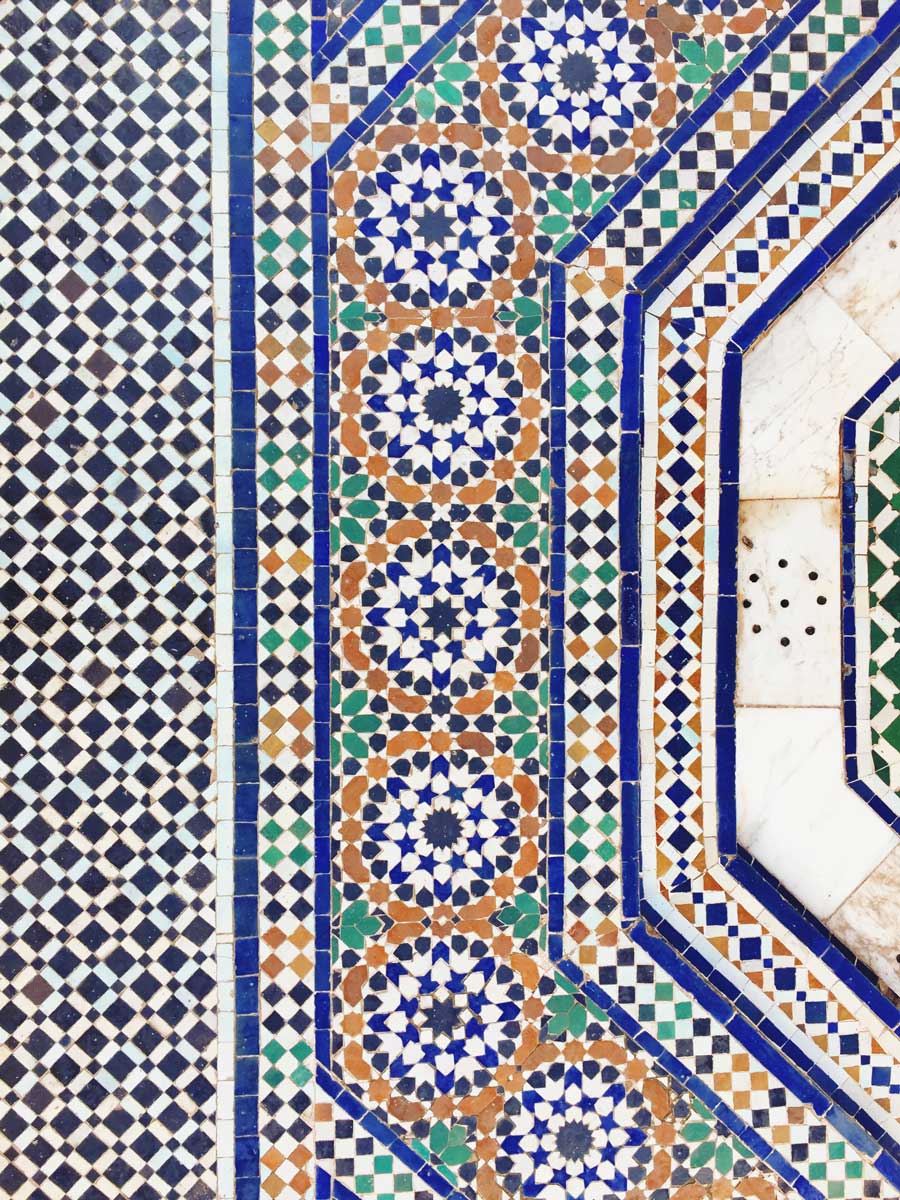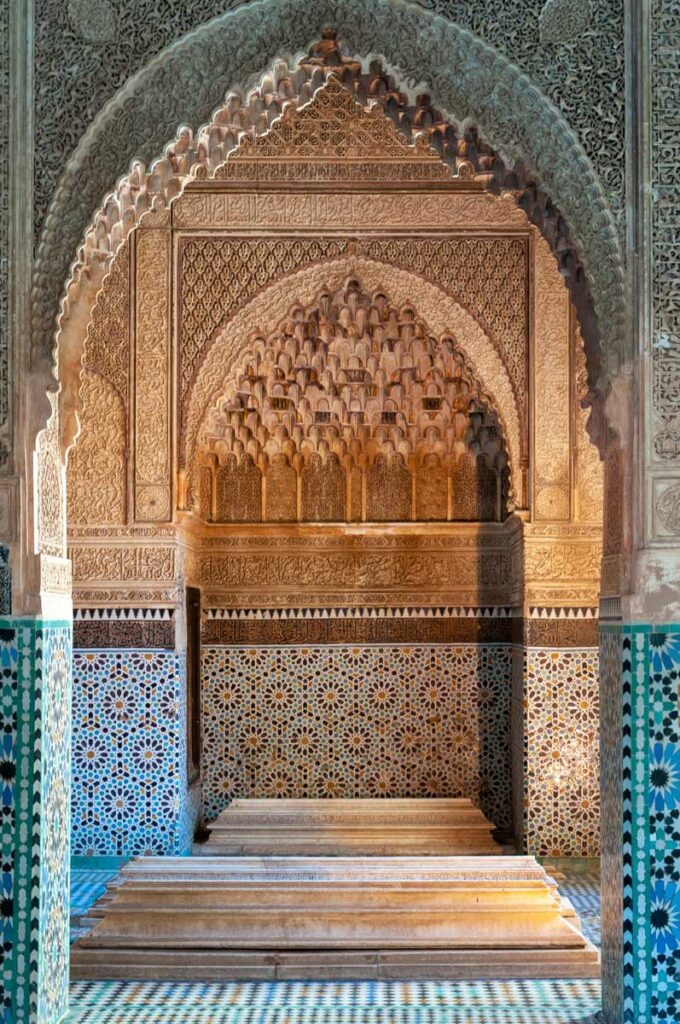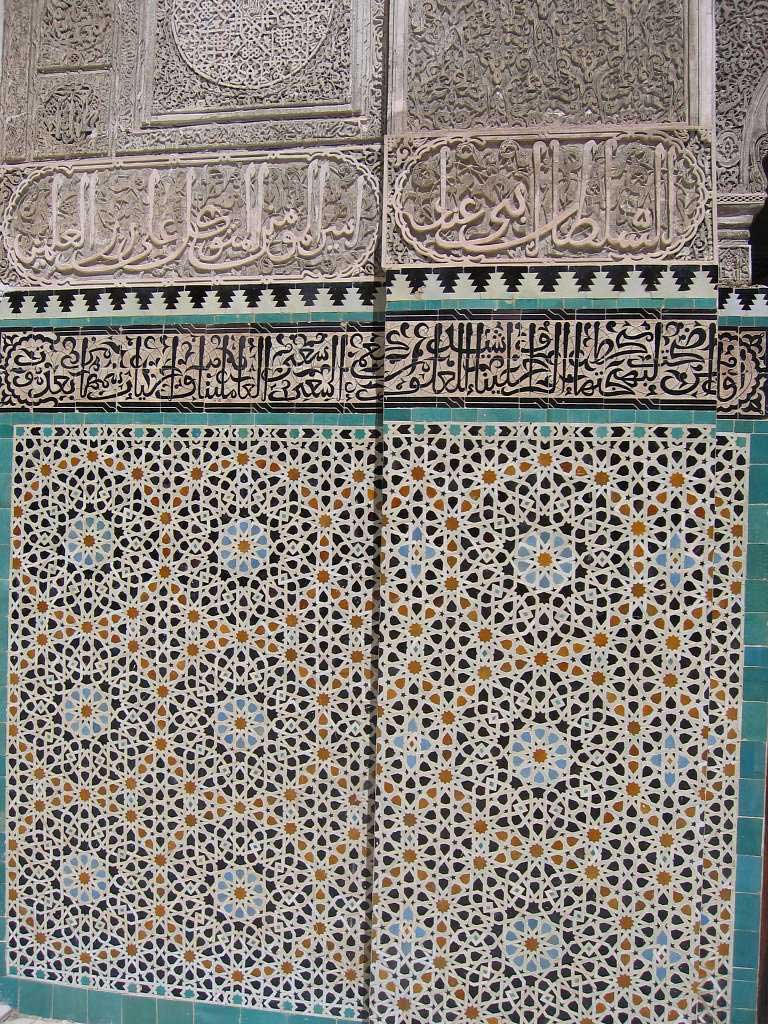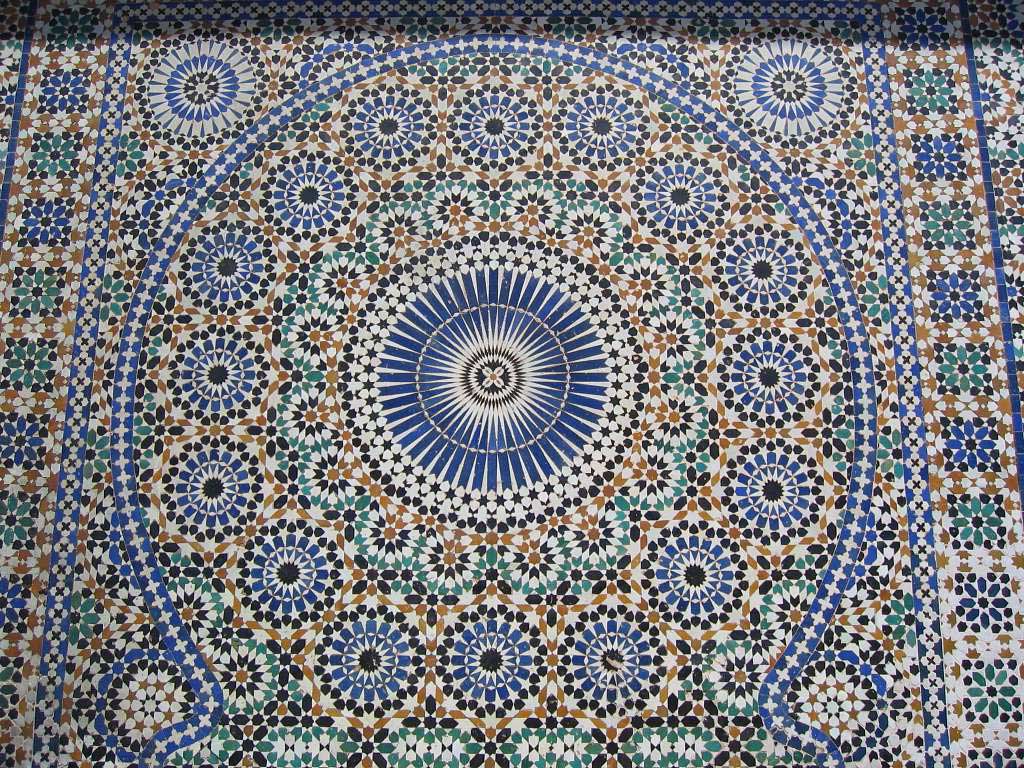We select tiles according to their colors and then draw the shapes of the patterns we want to use in our design directly onto the tiles with a pencil. The person responsible for this operation is called the “rasham”. The patterns on each tile are tessellated precisely in order to use the surface efficiently. Then we add a fiberglass panel to the back to ship them as sheets for easy installation. Simply send us the CAD drawings of the walls you want to Moroccanize.
In the vibrant tapestry of Moroccan artistry, few elements capture the essence of the country’s cultural richness quite like zellij. Intricate, colorful, and steeped in centuries of tradition, Moroccan zellij, or mosaic tilework, adorns the walls, floors, and ceilings of mosques, palaces, and homes across the North African nation. More than mere decoration, zellij is a testament to the craftsmanship, heritage, and creativity of the Moroccan people.
